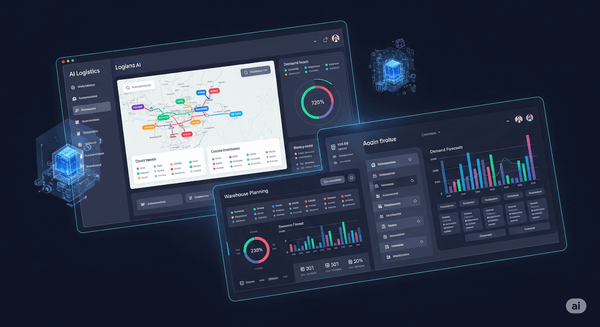
Mission Description
- Context: It’s the year 2050 – what does a sustainable smart city look like? Instead of just imagining, you will build a VR model of such a city, addressing real-world problems like clean energy, transportation, and green spaces in a creative way.
- Task: Use a platform like CoSpaces Edu or any VR design software your curriculum provides. In a virtual environment, design a city layout featuring smart technology: for example, solar-panel roofs on buildings, automated electric vehicles on roads or flying drones, sensor-equipped gardens that water themselves, wind turbines, recycling robots, etc. Write simple scripts (with block-based VR coding) to animate parts of the city – maybe cars moving on a schedule, wind turbines spinning, or a text pop-up explaining each innovation. Include at least one real-world problem solution (e.g., a flood sensor system by a river in your city or AI traffic management at intersections).
- Expected Output: An immersive VR city scene that classmates can “walk” or look around in. When viewed with VR goggles or on a screen, one can explore and find various innovative setups – like a drone delivering medical supplies, a park with robotic tree planters, or an autonomous bus stopping to pick up passengers. The city should feel alive with a few moving parts and clearly highlight how technology (IoT, AI, robotics) is solving urban problems (like reducing traffic jams, generating clean energy, handling waste efficiently). This challenge fosters creative thinking and applies technical knowledge to envision a better future city.
Student Goal
Use a platform like CoSpaces Edu or any VR design software your curriculum provides. In a virtual
environment, design a city layout featuring smart technology: for example, solar-panel roofs on buildings,
automated electric vehicles on roads or flying drones, sensor-equipped gardens that water themselves, wind turbines, recycling robots, etc. Write simple scripts (with block-based VR coding) to animate parts of the city
– maybe cars moving on a schedule, wind turbines spinning, or a text pop-up explaining each innovation. Include
at least one real-world problem solution (e.g., a flood sensor system by a river in your city or AI traffic
management at intersections).
Mission Information
Status
Open
Deadline
April 30, 2026
Category
School
Grade
G8 — Integration & Innovation Missions
Rewards
Recognition, Internships, Prizes
Presented by

Ready to Join This Mission?
Take on the challenge and make a difference with Future City VR Design.
